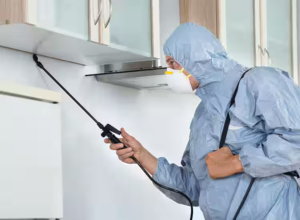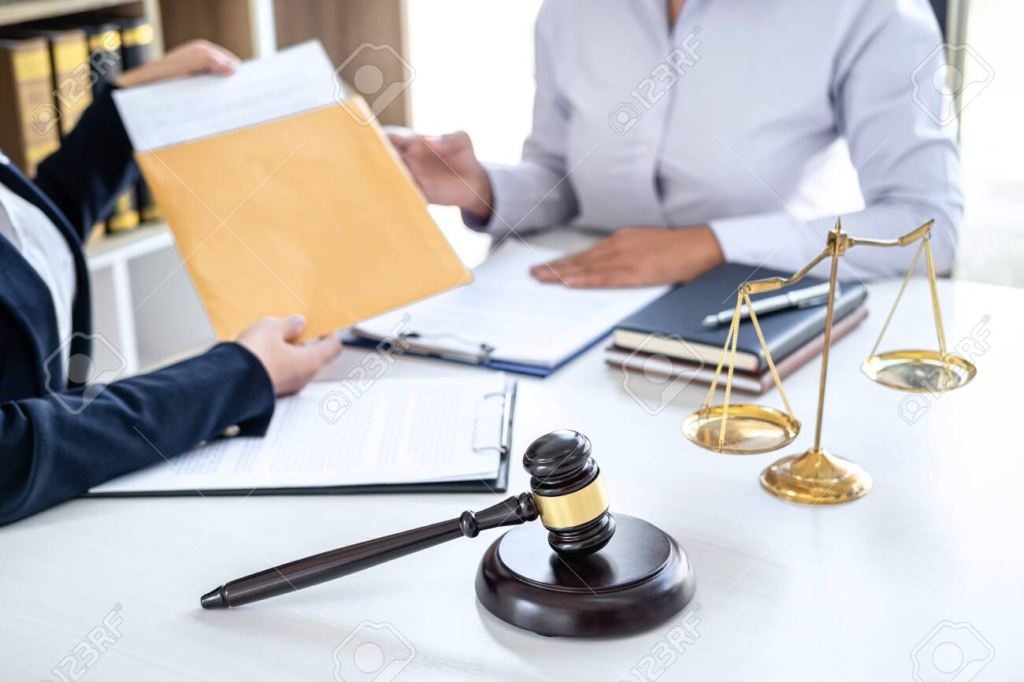Pest Control Richardson TX manages unwanted organisms such as insects, mites, or weeds. The goal is to reduce the damage they cause without harming people or the environment.
There are many methods of pest control. Some are physical, while others are chemical. Chemicals may be sprays, dusts, or baits. They work by disrupting a pest’s nervous system, killing it or preventing it from reproducing.

Ideally, pest problems are prevented through the use of a variety of techniques, including exclusion, monitoring, sanitation, and physical or chemical control. A good starting point is to learn about the pest you are trying to manage and what options are available for its control. Prevention techniques include threshold-based decision making: observing the number of pests and their activity to decide when action should be taken. For example, noticing a few bugs on the counter or in the bathroom does not require a call to the pest control company; however, if those same insects are seen every day and their numbers increase, it is time to take action.
Other prevention techniques include:
- Cleaning and maintaining facilities.
- Keeping the environment as sanitary as possible.
- Eliminating food, water and shelter sources for pests.
For example, storing food in sealed containers and removing garbage regularly can discourage pests from claiming museums as their homes. Eliminating cracks and holes in walls, doors, and utilities can also prevent pests from entering a building. Regular interior and exterior inspections should be conducted to identify and quickly fix any entryways.
Another key prevention method is the use of screens in windows and doors, which keep many pests from entering a home. Also, clutter should be cleared away from a house’s foundation, and shrubs and tree limbs should not touch the roofline. This can allow rodents and other pests a highway of access right into the house.
The use of trap crops (such as zinnias for Japanese beetles) or bait stations can provide a quick and effective way to control the pest population. However, it is important to remember that even these methods can lead to an accidental release of pesticides into the environment, so they should be used sparingly and carefully.
The goal of any pest management program should be to cause as little harm as possible to the environment, the property, and the people who occupy or work in the area. This is often accomplished through preventive and suppression methods in outdoor environments, while eradication is the preferred option in enclosed areas such as dwellings, schools, offices, and health care, food processing and storage facilities.
Suppression
Pests can harm crops or people. Control techniques include prevention, suppression, and eradication. Prevention, the removal of the conditions that encourage pests, is the preferred method. For example, caulking a crack or installing screens may prevent insect pests from entering.
Suppression uses methods that physically remove pests or alter their environment, such as traps, barriers, screens and nets. It can also use radiation, heat and chemicals to kill pests or make them unable to reproduce or grow. This type of control is called physical or mechanical control. Chemicals can be used for short-term pest control, but are expensive and have side effects that can damage the environment.
Biological controls, which use natural enemies of the pests through predatory activity, parasitism or herbivory, can also be effective in managing pest populations. Classically, natural enemies are bred in the laboratory and released into the target area. More recently, genetically modified organisms have been released into the field, either as sterile males or with the help of pheromones or juvenile hormones. The goal is to achieve a sufficient level of pest control without the need for human intervention. Typically, the degree of control fluctuates. There is often a time lag between pest population increases and the corresponding increase in the number of natural enemies.
In closed or indoor environments, such as dwellings, schools and office buildings, and certain health care, food processing or food preparation facilities, some pests have a zero tolerance threshold and must be removed at all costs. Eradication is a rare objective for outdoor pests, such as in citrus groves or other open landscapes.
In addition to the natural enemies listed above, many other creatures and bacteria can provide some pest control. For example, microscopic nematodes, such as the roach-eating Steinernema carpocapsae, can kill many different kinds of insects and disease pathogens. Other soil microbes, such as fungi, can also control some pests by changing the nutrients available to them. Altering the amount of water or humidity sometimes can control some pests, too.
Eradication
An essential part of pest control is accurate identification. This involves being able to tell what you are dealing with so that the proper measures can be applied at the right time. Incorrect identification can lead to costly and ineffective pest control strategies. Accurate identification requires knowledge of the pest’s life cycle and biology, its physical features, how it damage crops or structures, what diseases it might transmit, and other factors that influence its spread. The best way to identify a pest is to consult with a professional from your commodity or industry organization, Cooperative Extension agent, or State land grant university.
Biological control is the use of living organisms to suppress pest populations or make them less damaging. These organisms are called natural enemies and include predators, parasitoids, and pathogens. To increase the population of a natural enemy, it is necessary to find suitable species, collect them at the appropriate times in their life cycles, and introduce them to a site where they can establish a sustainable population. This requires extensive research into the biology of the potential natural enemy, its interaction with other native species, and a risk assessment that takes into account possible unintended consequences.
Another way to increase the population of a natural enemy is to rear and release it on a regular basis. This can be done by collecting a natural enemy and releasing it into the field or crop where it is needed, or by inundating the soil with its prey on a regular basis. In either case, a regular monitoring program must be in place to be sure that the natural enemy is maintaining a healthy population and is not being overwhelmed by other invaders or by human-induced stresses such as disease, competition, predation, or environmental conditions.
When modern chemical pesticides were first developed, they were very effective at controlling many insect pests. However, overuse led to the emergence of resistant pests. This led scientists to develop other control methods, including integrated pest management (IPM) and cultural, physical, and chemical controls.
Integrated pest management programs are much more likely to be successful at controlling pests than single-method approaches such as spraying with chemicals. This is because IPM includes a variety of preventive and suppressive techniques to reduce the number of pests so that they are less likely to cause economic or health problems.
Treatment
Pests can damage buildings, crops and gardens. They may also infect humans and animals with disease. They often displace native species and change the environment. Some pests are weeds, viruses, bacteria, fungi, nematodes or rodents. Others are insects, mites, or ticks. Pests can cause significant economic loss to farmers, gardeners, homeowners and business owners.
Preventive pest control measures are the first line of defense against pests. These include physically keeping them away from homes and businesses, such as caulking cracks, sealing crevices and closing off entry points. Keeping garbage bins tightly closed and regularly emptied helps to keep rodents and cockroaches from breeding in them. Getting rid of food sources like paper and cardboard can prevent insects, such as ants and roaches, from breeding in them. Regularly removing dry rodent droppings reduces the risk of Salmonella poisoning and other diseases from them.
Physical traps and bait stations can capture pests before they can infest a home or office. These can be supplemented with screens and barriers to keep pests out. Preventive measures can also be taken to make a building or garden unattractive to pests, such as blocking access to food and water, and eliminating the nesting sites they use.
Chemical pesticides are used to kill existing infestations of certain pests. These are usually only applied after preventive measures have been taken and are often sprayed with a hose and backpack sprayer by a pest control technician. Because pesticides are dangerous to people and animals, they should only be used by trained and licensed personnel. They should always wear appropriate safety equipment, including a dust mask, eye protection, gloves, and protective clothing.
Some types of soil can be treated with microbial pesticides to suppress insect populations. These are engineered microbes that are introduced to the soil to kill or repel unwanted organisms. Juvenile hormones can also be used to control pest numbers by keeping some immature pests from developing into normal, reproducing adults. Other biological pest control agents are pheromones (manmade copies of the pheromone that female insects release to attract males) and mycoplasmas (microscopic, eel-like bacterium).

